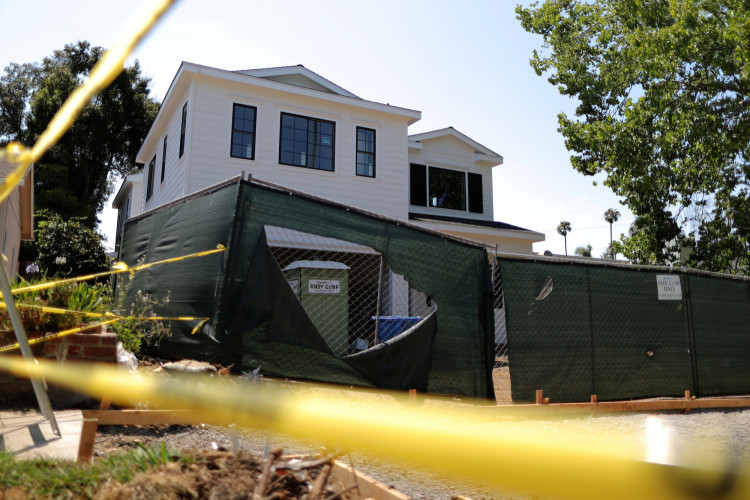As the cost of homeownership in the U.S. continues to climb, prospective buyers are finding that the financial commitment extends far beyond just the monthly mortgage payment. According to a new report by Bankrate.com, the "hidden costs" of owning a home now average $18,118 annually, or approximately $1,510 per month. These expenses include property taxes, homeowners insurance, utilities, and maintenance, reflecting a 26% increase from just four years ago.
"It's just important to understand that you're buying a lot more than a mortgage payment," said Jeff Ostrowski, an analyst at Bankrate.com. "You're also buying all these additional costs that you're gonna have to figure out how to pay for."
The report highlights that the median mortgage payment in the U.S. was $2,256 in April, marking a 6.8% increase from the previous year. However, these figures do not encompass the total financial burden homeowners face. The comprehensive cost of homeownership, including unexpected repairs and routine maintenance, significantly affects homeowners' budgets.
Older homes, which are prevalent in the current housing market, often require extensive repairs. Jessica Lautz, deputy chief economist at the National Association of Realtors, pointed out, "Because of the lack of building, we know that homes that are being purchased are older." Lautz added that many buyers are compromising on the age or condition of homes due to limited supply, with the median age of owner-occupied homes in the U.S. being about 40 years old.
"Homebuyers have to make a compromise along the way, and often it's the age or the condition of the home," Lautz said.
Maintaining older properties can be costly. Essential upgrades such as new HVAC units, windows, doors, or roofing can quickly add up. For example, a roof typically lasts about 30 years, while vinyl siding may endure for three to four decades, according to Angi.com, an online marketplace for home services.
"For first-time homebuyers, these repair costs are part of the learning process of becoming a homeowner," Ostrowski noted. "Once you've been a homeowner for a while, you realize everything that can go wrong."
A common mistake among new homeowners is exhausting their savings on a down payment and finding themselves "house poor," with insufficient funds for repairs and maintenance. This can lead to accumulating credit card debt or taking out high-interest loans to cover unexpected expenses.
In 2023, 46% of homeowners used savings for home improvement projects, while others relied on credit cards, refinancing, or home equity loans, according to Angi.com.
During the competitive housing market of recent years, many buyers waived home inspections to secure their purchases, potentially setting themselves up for unforeseen repair costs. "An inspection is an important safeguard that can help you go into the purchase understanding some of the maintenance tasks and repairs that may be on the horizon," Ostrowski said.
This situation has been exacerbated by rising homeowners insurance premiums, driven partly by extreme weather events. "My homeowners insurance doubled, with no notice - nothing," said Jennifer Schauer, a homeowner in Novato, California. Schauer's neighbors lost their coverage entirely due to wildfire risks, highlighting the growing unpredictability and cost of home insurance.
Home insurance rates nationally jumped 11.3% last year, with the industry facing significant losses from severe weather events. This has added to the financial strain on homeowners, who are also dealing with inflation-driven increases in repair costs.
The regional disparities in the hidden costs of homeownership are notable. States like California ($28,790 annually) and Hawaii ($32,000) top the list, while states like Kentucky, Arkansas, and Mississippi have the lowest hidden costs, ranging around $11,500 annually.






